#art nouveau fashion
Text

Cléo de Mérode in dance dress, Photo by Leopold Reutlinger, Paris, France, 1901.
Cléopatra Diane de Mérode (French, 1875-1966) was a dancer of the Belle Époque era.
#cleo de merode#dance dress#1901#leopold reutlinger#reutlinger#paris#1900s paris#costume#1900s costumes#stage attire#pearls#long neck#belle epoque#la belle epoque#art nouveau#art nouveau style#art nouveau fashion#art#french art#dancer#Cléopatra Diane de Mérode#Cléo de Mérode#1900s dancers#beauty#great beauty#my edits#edits
482 notes
·
View notes
Text



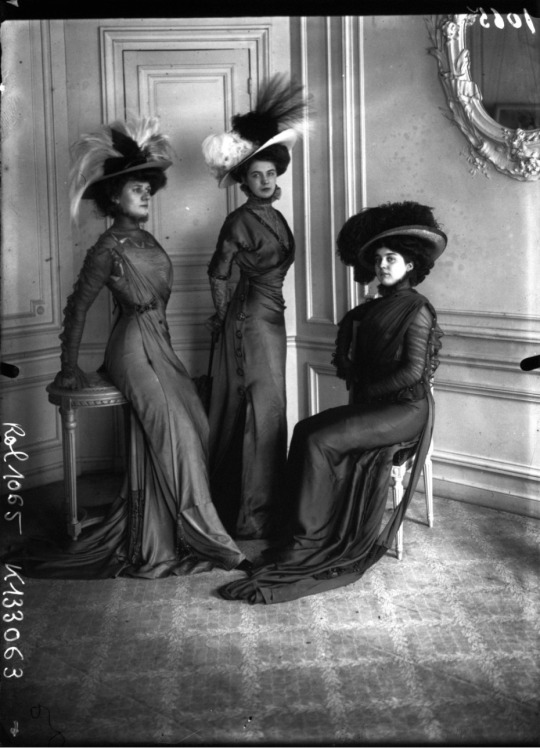

Jeanne Margaine-Lacroix caused what some called “a riot” at Longchamps race-course in 1908, when 3 models appeared on the scene at the designer’s behest wearing her new corestless, curve hugging, ‘tanagrean dresses.’ This bold move would forever change women’s fashion across the globe, leaving behind the rigid corsets and accentuating the natural silhouette.
Images 1-4: The sensational debut of Margaine-Lacroix’s “Tanagrean Dress” at Longchamps race-course in 1908
Images 5-7: Models wearing the new Margaine-Lacroix line 1908
#victorian era#margaine-lacroix#victorian fashion#scandalous#longchamps#Headlines#1908#beautiful#vintage fashion#fashion#longchamp#art nouveau#Art nouveau fashion
8 notes
·
View notes
Text
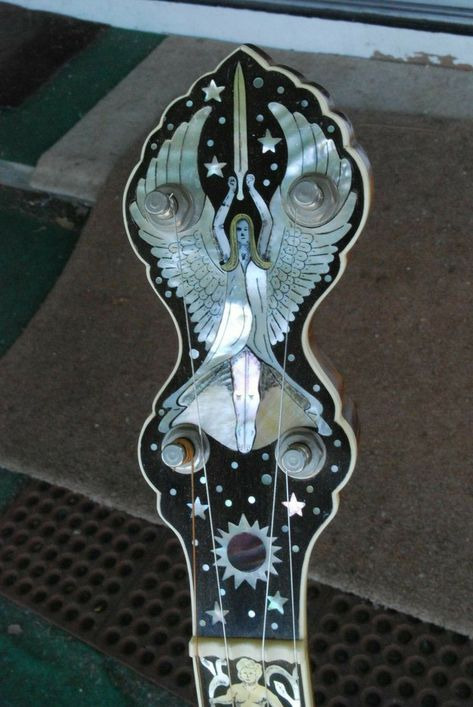
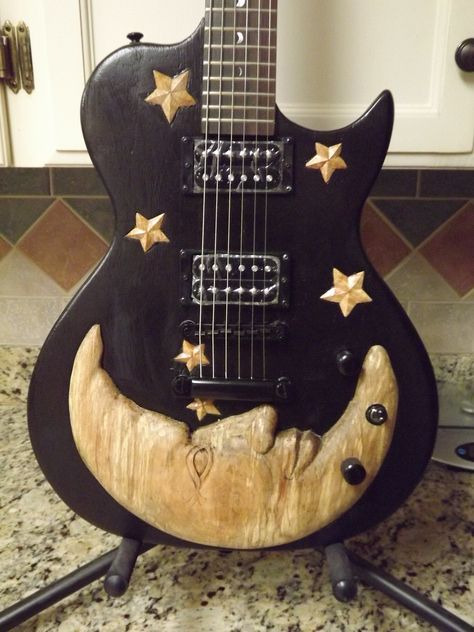




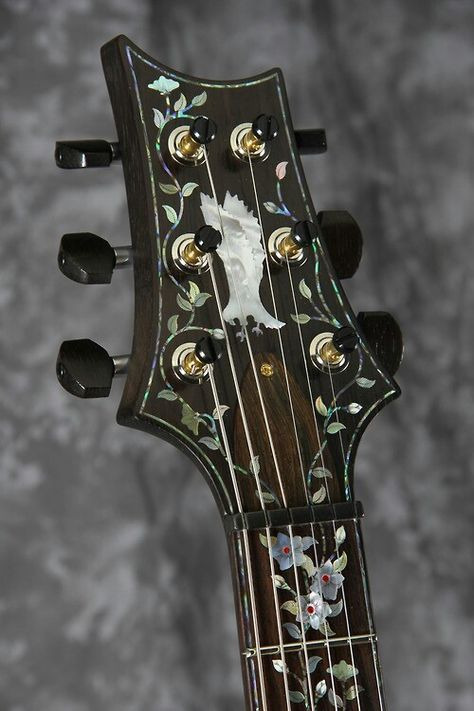


Whimsical guitars
#whimsigothic#whimsigoth#whimsical#whimsigoth room#whimsigoth fashion#whimsigothcore#whimsigothaesthetic#witchy aesthetic#witches#witchy#witchyvibes#witch#witchcraft#witchythings#witchcore#witch aesthetic#witch blog#whimsical aesthetic#aesthetic#whimsigoth style#witchy vibes#whimsigoth aesthetic#vintage#dark academia#goth#guitar#acoustic#rock#music#art nouveau
3K notes
·
View notes
Text
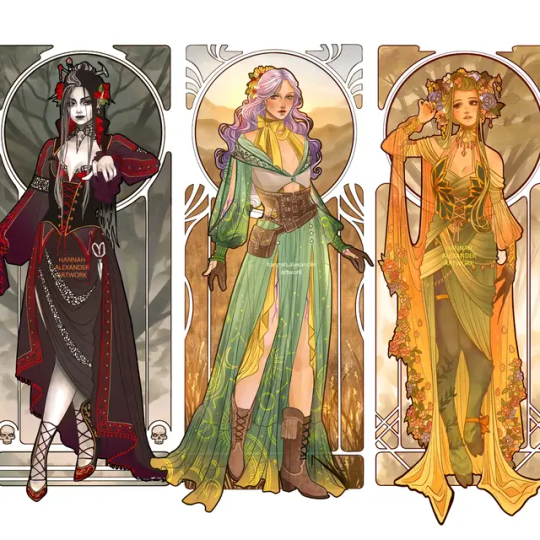
Laudna, Imogen and Fearne from Critical Role
4K notes
·
View notes
Text


Brooch
Marcus & Co. (New York City, New York)
c.1900
This exquisite brooch is one of the few extant examples of plique-à-jour jewelry made by the New York firm of Marcus & Co., whose reputation at its prime rivaled that of Tiffany & Co. Herman Marcus (1828–99), a German–born and Dresden–trained jeweler, arrived in New York in 1850 and worked for a number of prestigious firms before establishing Marcus & Co. in 1892. Following his death, the company continued under the direction of his two sons, George Elder Marcus and William Marcus.
The brooch is a superb example of Marcus & Co.’s work in plique-à-jour enameling, in which the "cells" of color have no backing, allowing light to shine through the transparent enamel, thereby creating the effect of stained glass. One of the only jewelry firms of its day to succeed at this challenging technique, Marcus & Co. followed the lead of such innovative French designers as René Lalique. The sensitive 3-dimensional sculpting of the sweet pea blossoms and leaves, as well as the naturalistic coloring of the enamels, reflects the Art Nouveau aesthetic that prevailed at the turn of the century. Indeed, close parallels can be drawn with the brilliant naturalistic work of Louis Comfort Tiffany, whose oeuvre is so well represented in the Met’s collection.
The MET (Accession Number: Accession Number: 2016.107)
#brooch#jewelry#art nouveau#art history#1900s#turn of the century#fashion history#historical fashion#marcus and co#united states#floral#green#pink#enamel#pearl#diamond#gold#the met#images are pretty big HIGHLY recommend opening in a new tab
827 notes
·
View notes
Text
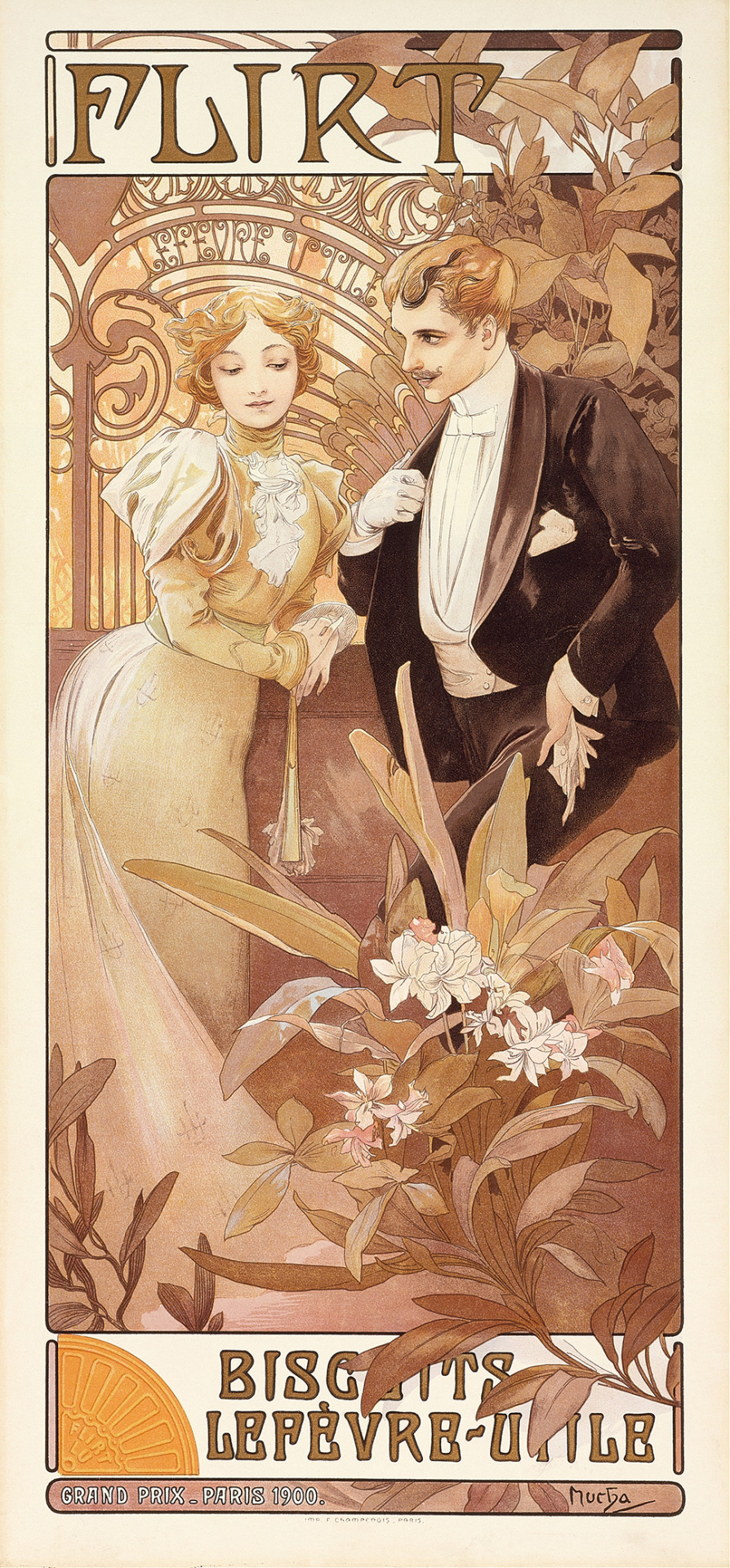
Flirt, circa 1895-1900
Alphonse Mucha
#Alphonse Mucha#czech art#illustration#art#painting#art history#Art Nouveau#poster#1890s#1900s#portrait#fashion
4K notes
·
View notes
Text

This Vietwardian socialite, armed with a letter opener that is sharper than strictly necessary, is prepared to stab the next person who tries her patience. Her gown is inspired by a classic áo dài, but with an Edwardian train and cold-shoulder lace sleeves. The black bobbinet overlay retains the raglan line of an áo dài, combined with a sweetheart neckline. The body panels are linen damask draped over a structured under-bodice, embroidered and beaded with glass jet and cut steel. Rather than traditional trousers, the gown is worn over a frilly black cotton petticoat. The gold bib necklace is inspired by traditional Vietnamese kiềng, particularly the beautiful styles worn by the Hmong, and Art Nouveau enameled jewelry. Her khăn đóng is cloth of gold. She is framed and haloed by pale yellow and pink chrysanthemums.
—
I finally finished this piece!
Do not edit or remove my caption, crop, edit, or repost on any platform.
1K notes
·
View notes
Text

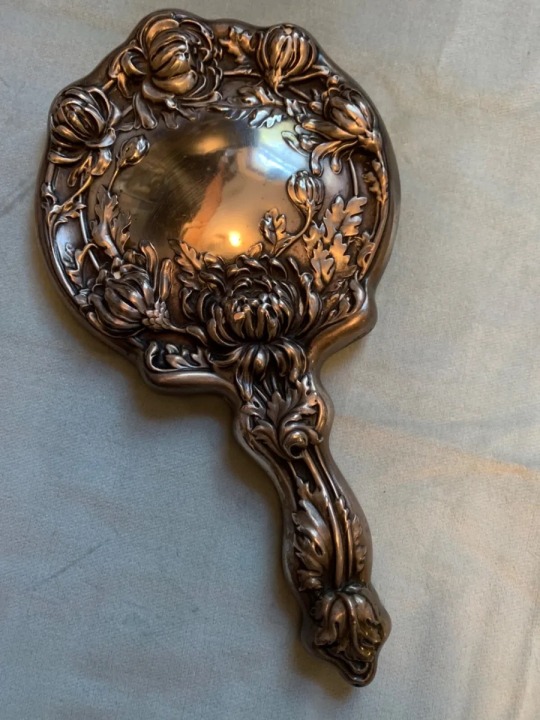

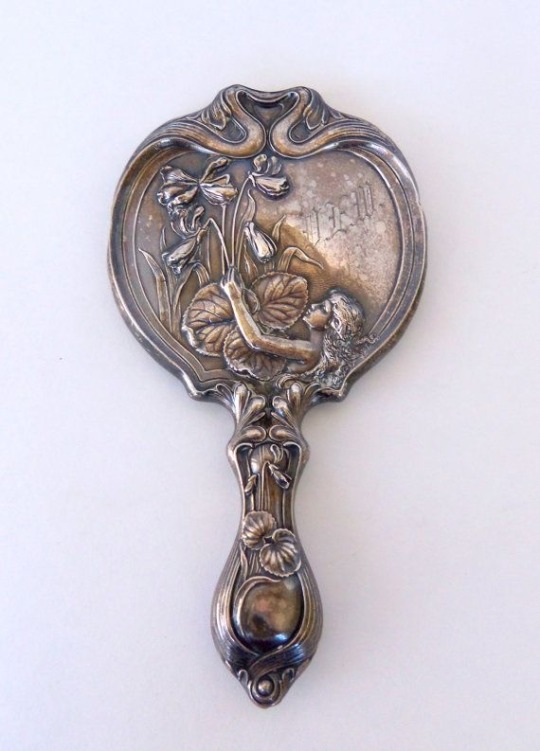
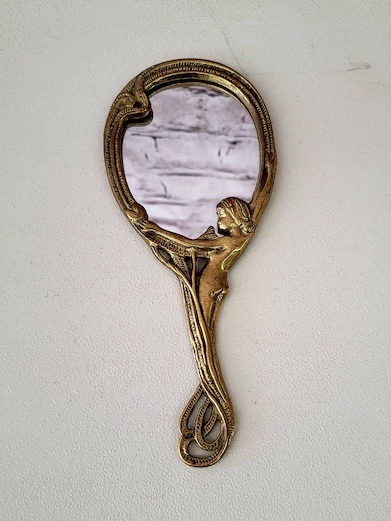

Beautiful Art Nouveau Hand Mirrors
#art nouveau#hand mirror#so pretty#vintage#antique#mystical coquette#whimsigoth#whimsigothic#cool shit#mirror#art#fashion#mermaid#dark academia#light academia#whimsical
721 notes
·
View notes
Text

René Lalique, Jewel comb „Anemone“, 1899. Via MKG
809 notes
·
View notes
Text
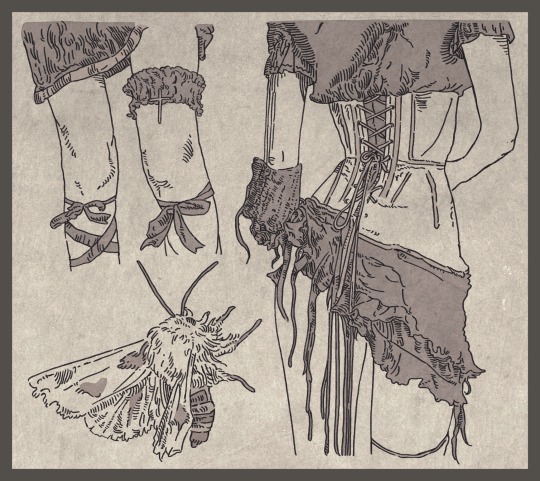
Guinevere - studies
#illustration#sketch#sketchbook#dark fantasy#gothic#art nouveau#coquettecore#coquette#cottagecore#bugs#moth#cross#crucifix#ribbon#religion#vintage#cottage aesthetic#aesthetic#moth art#art#line art#fashion
293 notes
·
View notes
Text
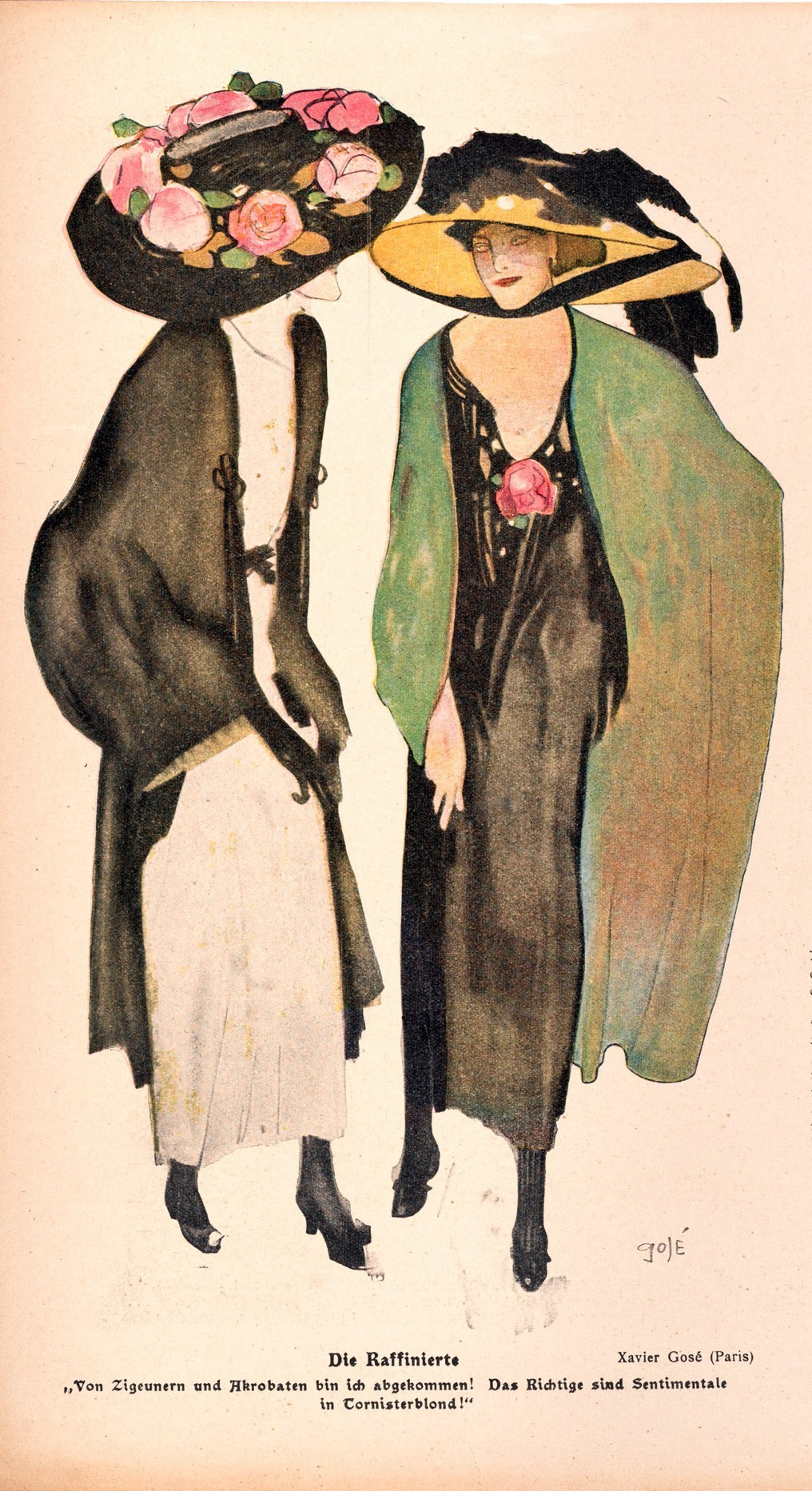
Xavier Gose (Paris), Die Raffinierte, Jugend magazine. München, 22. February 1909.
Museu d'Art Jaume Morera
#Xavier Gosé#1909#illustration#xavier gose#die raffinierte#jugend#jugend magazine#february#February issue#1900s fashion#art nouveau#art nouveau illustration#Xavier Gosé i Rovira#hats#big hats#flower hats#wide brim hats#wide brim#art nouveau fashion#chic#Parisian chic#paris#1900s#1900s illustrations#1909 illustrations#antique#antique illustrations#vintage#vintage illustrations
106 notes
·
View notes
Text

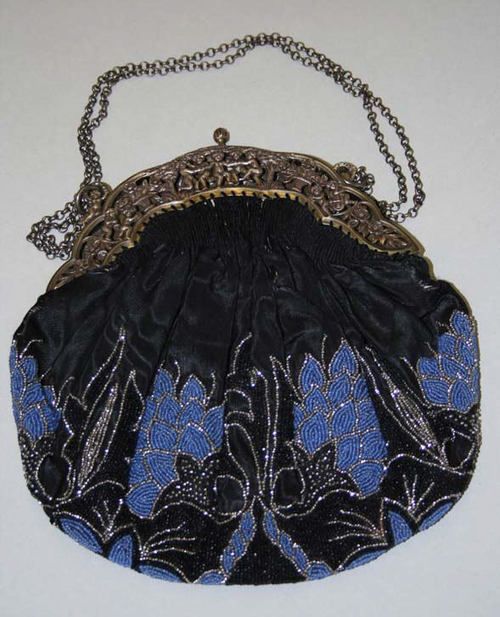

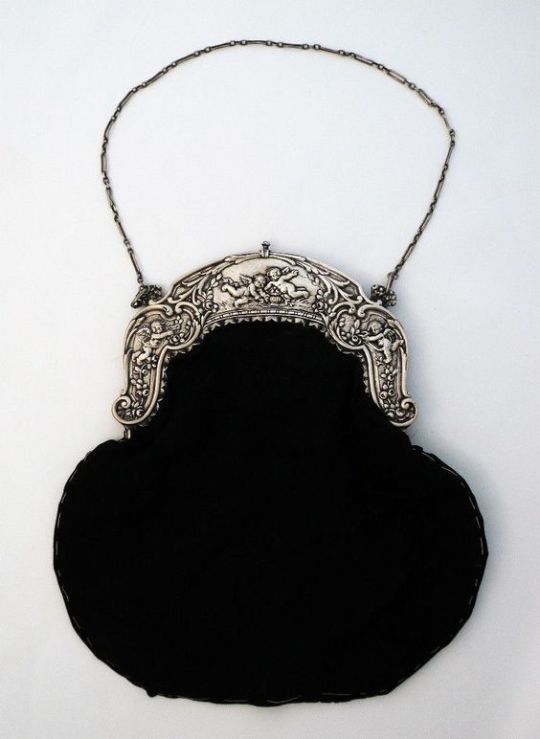


1 2 3 4 5 6
#purse#evening bag#bag#evening purse#antique#vintage#vintage fashion#fashion#handbag#1920s#1930s#art deco#art nouveau#aesthetic#whimsigoth#whimsigothic
1K notes
·
View notes
Text

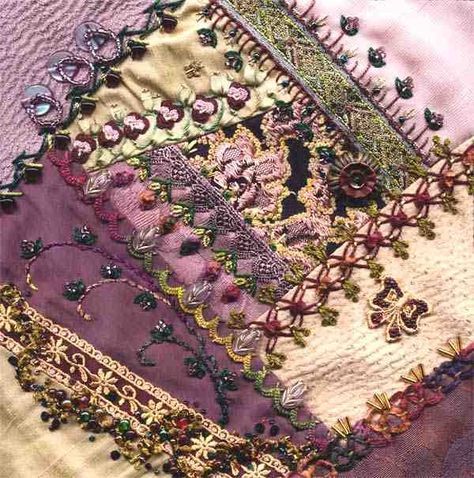
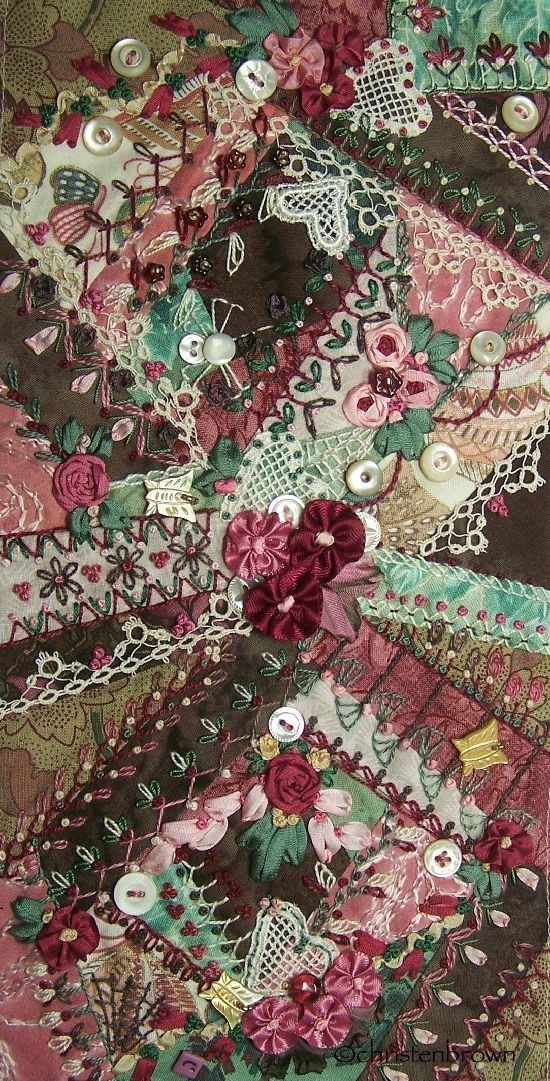
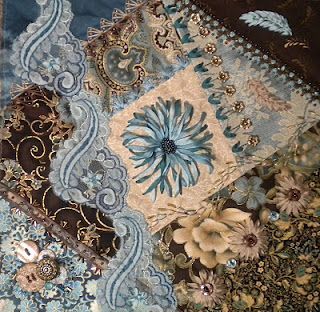


Obsessed with textile art
#whimsigothic#whimsigoth#whimsy#whimsical#whimsigoth room#whimsigoth fashion#whimsigothcore#whimsigothaesthetic#witchy aesthetic#witches#witchy#witchyvibes#witch#witchcraft#witchcore#witch aesthetic#art nouveau#decor#home decor#room decor#vintage#art deco#house#interiorstyling#moon#velvet#fabric#textile art#embroidery
3K notes
·
View notes
Text
Peach, Daisy and Rosalina! Prints here ✨️



#super mario#illustration#alphonse mucha#art nouveau#fashion#cosplay#princess peach#princess daisy#princess rosalina
1K notes
·
View notes
Text

Bodice Ornament & Hair Comb
René Lalique
1903-1904
The Art Nouveau style caused a dramatic shift in jewellery design, reaching a peak around 1900 when it triumphed at the Paris International Exhibition.
Its followers created sinuous, organic pieces whose undercurrents of eroticism and death were a world away from the floral motifs of earlier generations. Art Nouveau jewellers like René Lalique also distanced themselves from conventional precious stones and put greater emphasis on the subtle effects of materials such as glass, horn and enamel.
René Lalique, 'the admitted king of Paris fashions', chose his materials for aesthetic effect and artistic refinement, not for mere preciousness or brilliance. Credited with introducing horn into the jewellery repertoire, he dazzled the public with a collection of ornamental combs made of horn. They were moulded and sculpted in the shape of flowers, waves and butterflies.
Victoria & Albert Museum (M.116A-1966 & M.116A-1966)
#art nouveau#historical fashion#fashion history#art history#rene lalique#1900s#brooch#comb#belle epoque#1903#1904#france#20th century#turn of the century#glass#enamel#gold#opal#jewelry#v and a
491 notes
·
View notes
Text
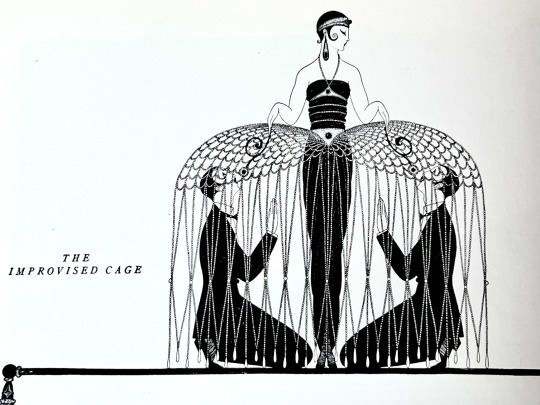

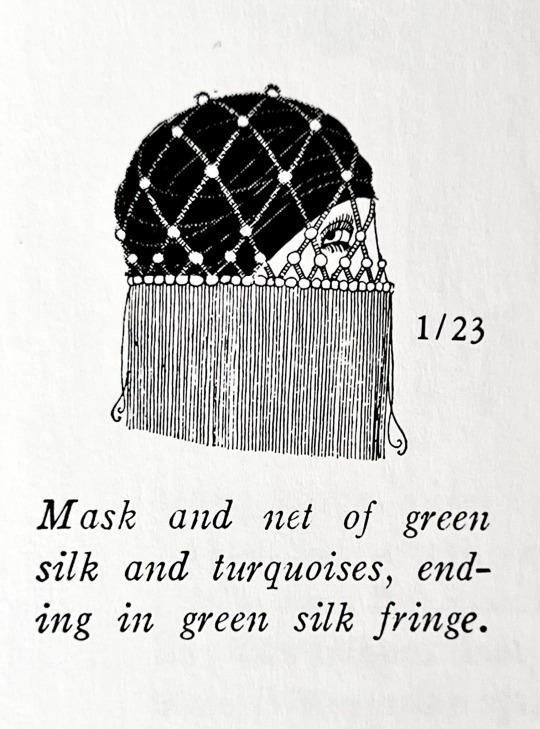
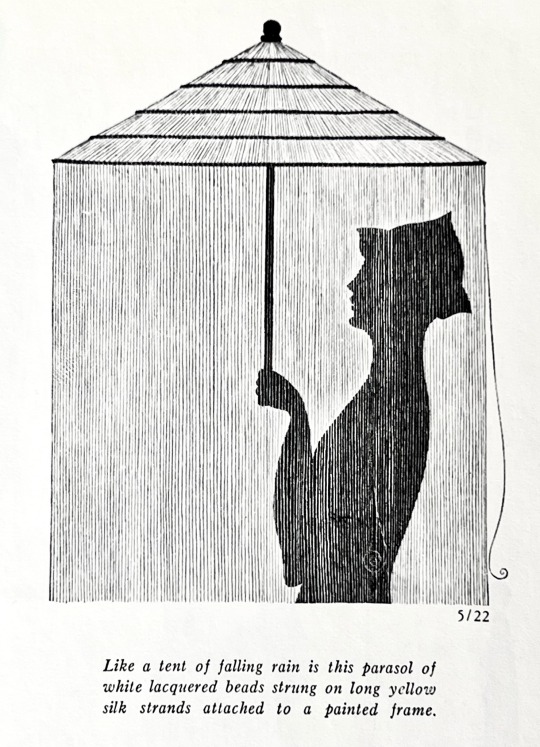






Erté’s illustrations for Harper’s Bazaar 1918-1932
399 notes
·
View notes